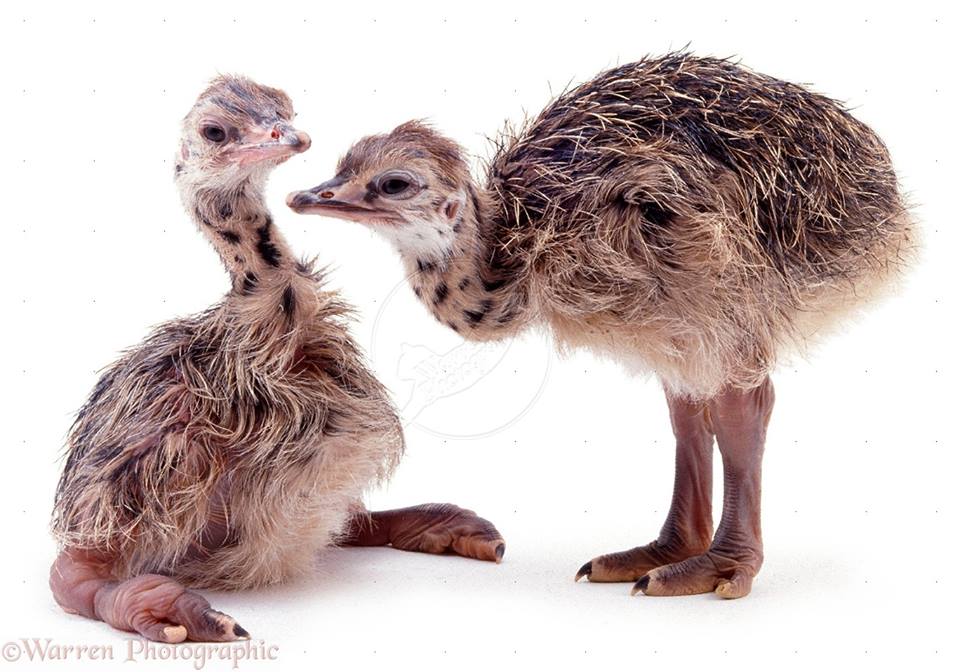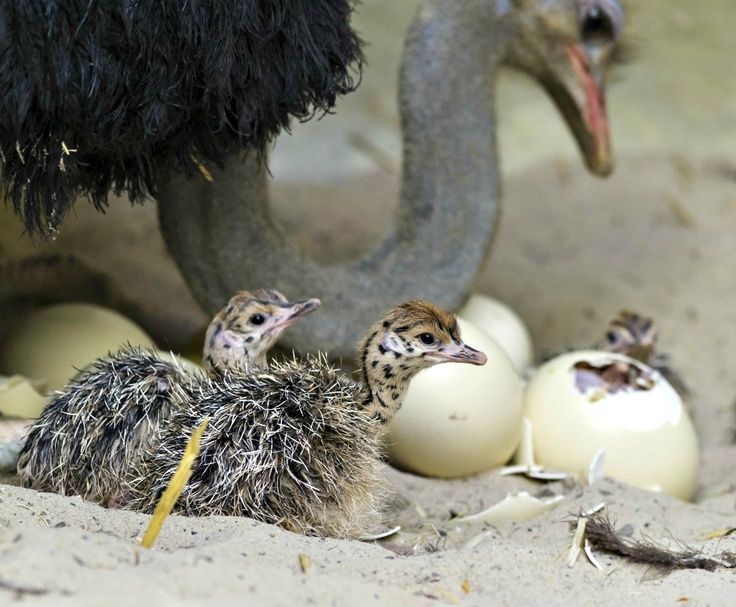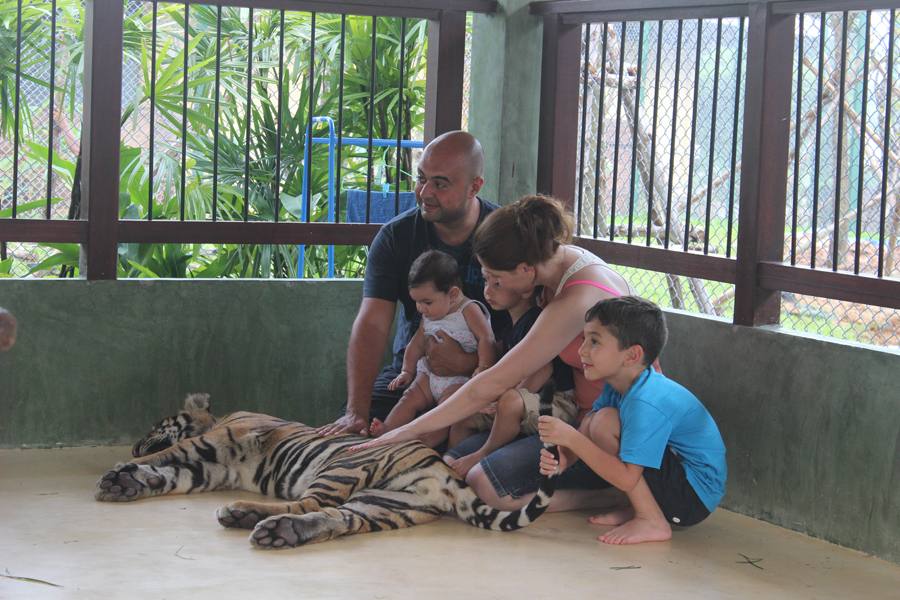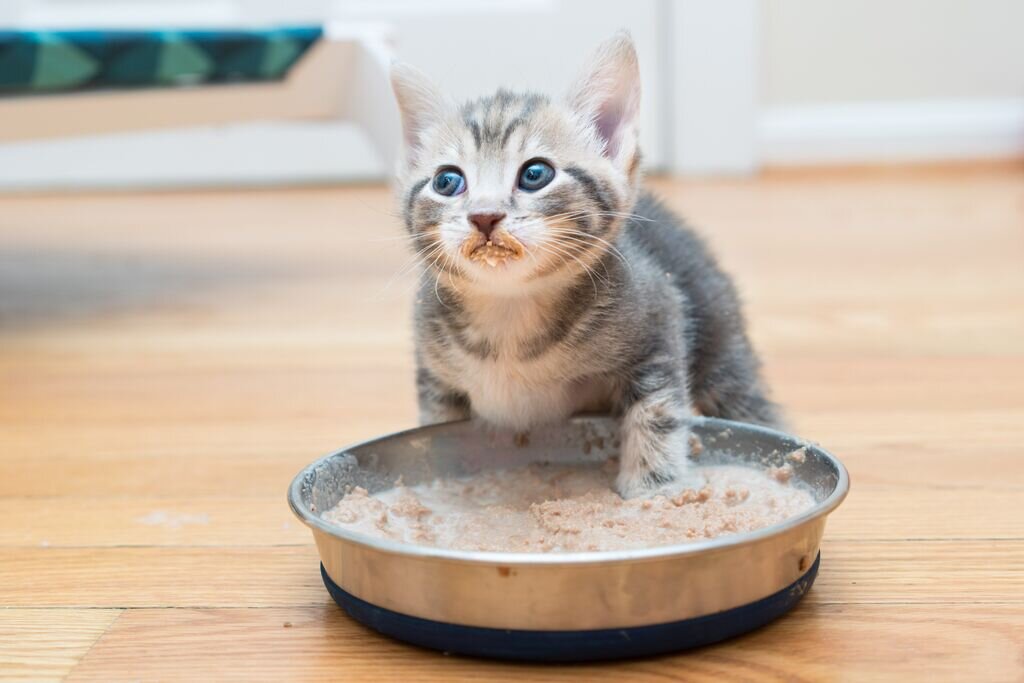Baby feeding ostrich
Ostrich for Babies - First Foods for Baby
When can babies eat ostrich meat?
Ostrich meat may be introduced as soon as your baby is ready to start solids, which is generally around 6 months of age. At this stage in their lives, babies (and especially breastfed babies) need lots of iron, protein, and zinc on a regular basis. Ostrich has all of these essential nutrients and more!
Background and origins of ostrich
Ostrich is a lean red meat with similar color, taste, and texture to beef (though ostrich meat has more iron, and less fat than beef). The large bird is native to Africa, where ostrich is a common source of protein in the human diet. In the United States, ostrich remains a specialty food product, yet ostrich farming is becoming increasingly popular as raising the birds is more efficient in many ways than raising beef cattle.1
Ostrich is a terrific (though pricey) alternative to beef, but the meat can be hard to find at the average American grocery store. Unless you live near an ostrich farm or a local farmer’s market that offers the product, try placing an online order of frozen ostrich meat from specialty food stores or directly from farmers. Illinois currently has the most ostrich farms in the United States.2
Is ostrich meat healthy for babies?
Yes! Ostrich is a rich source of iron and protein—essential nutrients that your baby needs to grow and thrive. When it comes to protein, ostrich is on par with bison and pasture-raised beef. Compared with conventional beef, ostrich contains almost double the amount of vitamin B12 and notably higher levels of all other B-vitamins, iron, and selenium. Zinc levels are slightly lower than beef, yet ostrich is still an excellent source of the essential nutrient.
Is ostrich meat a common choking hazard for babies?
Yes. Meat is a common cause of choking and must be prepared in an age-appropriate way for your baby. Never serve cubes or chunks of meat to your baby.
Meat is a common cause of choking and must be prepared in an age-appropriate way for your baby. Never serve cubes or chunks of meat to your baby.
For more information, visit our section on gagging and choking and familiarize yourself with common choking hazards.
Is ostrich meat a common allergen?
No. Ostrich is not a common food allergen, though in theory, one could be allergic to any food. When introducing ostrich for the first couple of times, serve a small quantity and watch closely as your baby eats to monitor for any signs of a reaction.
How do you prepare ostrich meat for babies with baby-led weaning?
Every baby develops on their own timeline, and the suggestions on how to cut or prepare particular foods are generalizations for a broad audience. Your child is an individual and may have needs or considerations beyond generally accepted practices. In determining the recommendations for size and shape of foods, we use the best available scientific information regarding gross, fine, and oral motor development to minimize choking risk. The preparation suggestions we offer are for informational purposes only and are not a substitute for child-specific, one-on-one advice from your pediatric medical or health professional or provider. It is impossible to fully eliminate all risk of a baby or child choking on any liquid, puree, or food. We advise you to follow all safety protocols we suggest to create a safe eating environment and to make educated choices for your child regarding their specific needs. Never disregard professional medical advice or delay in seeking it because of something you have read or seen here.
The preparation suggestions we offer are for informational purposes only and are not a substitute for child-specific, one-on-one advice from your pediatric medical or health professional or provider. It is impossible to fully eliminate all risk of a baby or child choking on any liquid, puree, or food. We advise you to follow all safety protocols we suggest to create a safe eating environment and to make educated choices for your child regarding their specific needs. Never disregard professional medical advice or delay in seeking it because of something you have read or seen here.
6 to 7 months old: Try serving well-done strips of ostrich meat, about the size and length of two adult fingers together. Ironically at this age, the bigger and more resistive the food, the easier and safer it is for your baby to consume. Be sure to remove loose gristle and offer a whole strip to your baby, who will be able to get a decent amount of nutrients just by sucking on the meat.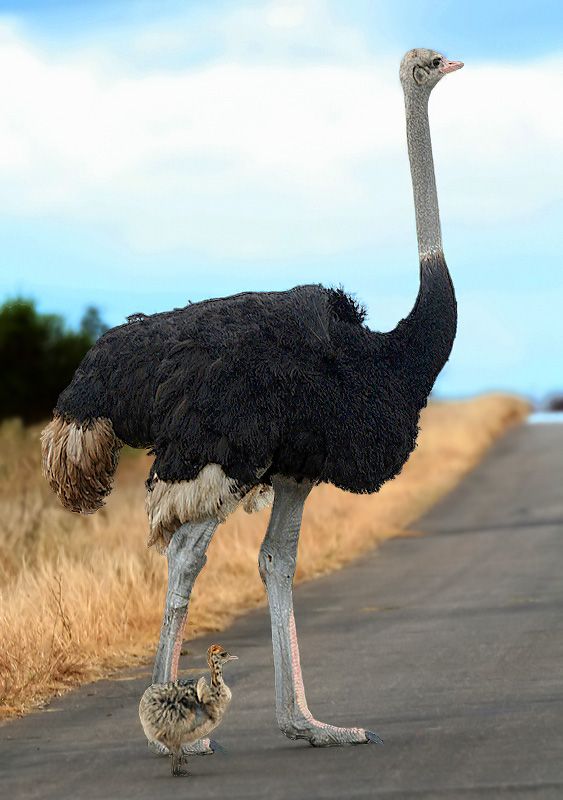 If your baby is able to tear off pieces of the meat while munching, move on to ground patties.
If your baby is able to tear off pieces of the meat while munching, move on to ground patties.
8 to 12 months old: Serve ground ostrich in the form of a patty alongside applesauce or yogurt, which will add moisture and aid swallowing. If a too-big piece of meat breaks off in your baby’s mouth, try not to intervene. Gagging is both normal and healthy in this developmental stage, as babies learn to move food around in their mouths. If you’re worried, coach your baby to spit out the piece of meat by dramatically sticking out your own tongue and saying “blah” repeatedly.
12 to 24 months old: Continue with ground ostrich patties. Serving a patty on top of applesauce, mayonnaise, or yogurt aids swallowing. You may also try cooking ground or minced ostrich and serving the crumbled meat on its own or mixed into a dish of lentils or rice. If you feel your child has become an advanced eater (chews well, swallows easily, puts an appropriate amount of food in their mouth and doesn’t over-stuff), you can offer bite-sized pieces as a finger food (just avoid serving chunks or cubes of meat, as these pose a higher choking risk).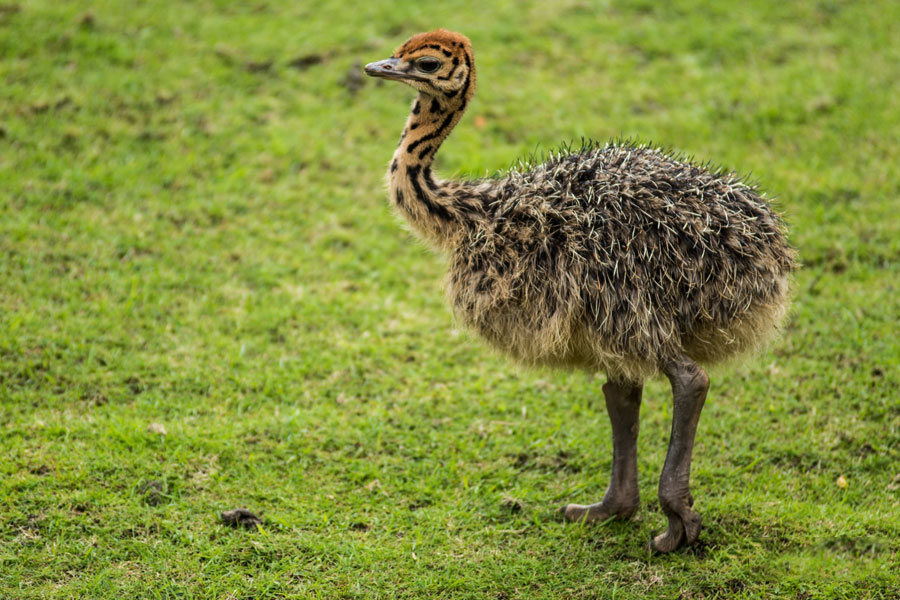
For more information on how to cut food for babies, visit our page on Food Sizes & Shapes.
Recipe: Ostrich Burgers
Ingredients
- Ground ostrich
- Shallot or onion
- Olive oil
- Garlic
- Egg (optional)
- Breadcrumbs (optional)
- Lemon juice (optional)
- Sweet paprika (optional)
Directions
- If the ostrich meat is frozen, defrost it on a plate in your refrigerator (never on the counter) for several hours or overnight.
- Finely chop 1 shallot or ½ onion. Sauté with a splash of olive oil in a skillet on medium low heat.
- While the onion is cooking, finely chop 1 clove of garlic and add it to the pan. Cook for a couple of minutes, until the onion is soft and translucent.
- Place 1 pound of ground ostrich in a bowl. Add the cooked onion and garlic and set the skillet aside for later use. Mix the meat, onion, and garlic together with your hands. It’s not necessary, but at this stage, you could also add an egg and some breadcrumbs for extra flavor.
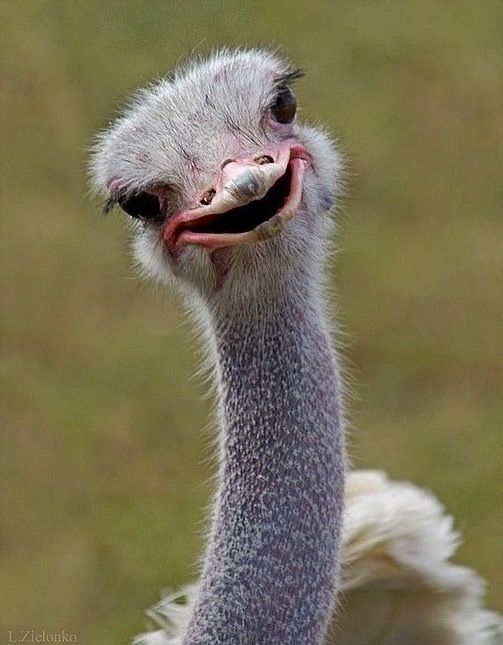 For older babies, try adding spices to introduce new flavors.
For older babies, try adding spices to introduce new flavors. - Form the meat mixture into small patties. Cook in the skillet over medium heat. For faster cooking, cover the skillet while the patties are cooking.
- After a few minutes, flip the patties. To test for readiness, cut one patty in half and make sure it’s well done, with no pink meat inside. Let cool. Set side a couple patties for your baby’s meal, and store the rest in a sealed container in the freezer for easy reheating at future mealtimes.
- Serve the patties with applesauce, Greek yogurt, or mayonnaise as a dip. For added flavor, try whisking in a splash of olive oil, a squeeze of lemon juice, and a sprinkle of sweet paprika to the dip.
Flavor Pairings
Ostrich can be gamey and slightly sweeter than other red meats. It can easily serve as a substitute for ground beef or turkey in almost any recipe. Try serving ostrich in casseroles, chilis, and stews. Spices that pair well include coriander, cumin, nutmeg, paprika, rosemary, and thyme.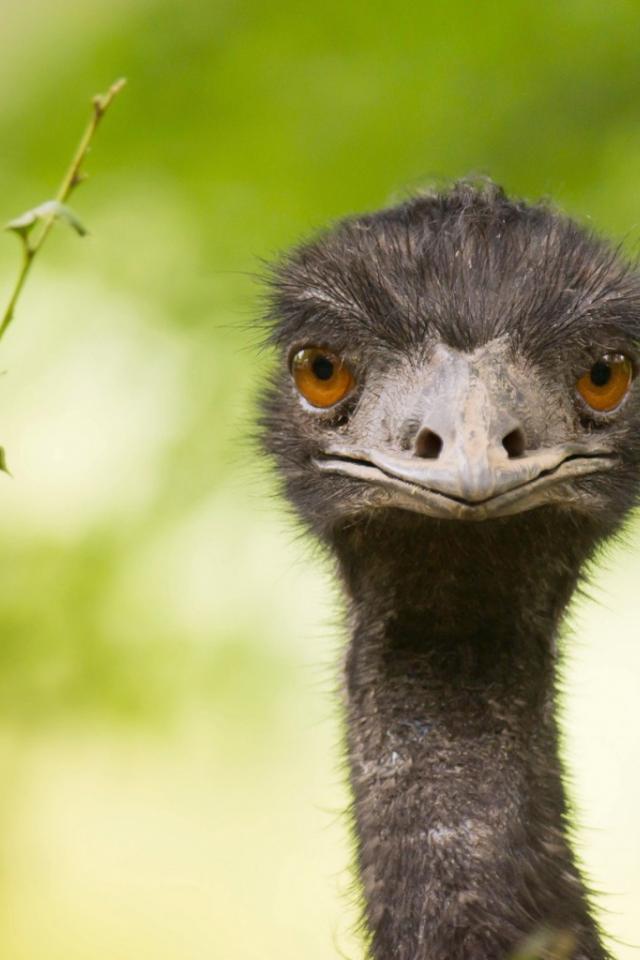
- Amelinckx, A. (2016, Feb. 11). Ostrich… It’s what’s for dinner. Civil Eats. (website) Retrieved January 21, 2020
- Renault, M. (2016, Sept. 25) Decades after it crashed, ostrich industry poised to take off as demand grows. Chicago Tribune. (website) Retrieved January 21, 2020
Baby Ostriches: All You Need to Know (with Pictures)
What does a baby ostrich look like?
How big are baby ostriches?
How much do baby ostriches weigh?
What do juvenile ostriches look like?
What is a baby ostrich called?
What is a group of baby ostriches called?
What do baby ostriches eat?
Do both parents feed baby ostriches?
How do ostriches feed their chicks?
What do ostrich eggs look like?
How long do ostrich eggs take to hatch?
How many babies does an ostrich have?
When do ostriches lay eggs?
How long do baby ostriches stay with their parents?
The mighty ostrich is comfortably the biggest and heaviest bird in the world, standing at some 2.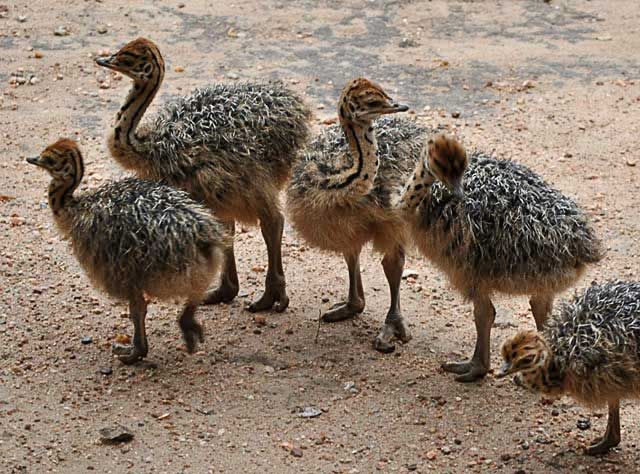 1 to 2.8 m (6 ft 11 to 9 ft 2 in) tall and weighing some 150kg (23.5 stone). It may come as no surprise then that ostrich eggs are also the biggest eggs of any animal in the world, the world record-holding egg weighs 2.589 kg (5 lb 11.36 oz)!
1 to 2.8 m (6 ft 11 to 9 ft 2 in) tall and weighing some 150kg (23.5 stone). It may come as no surprise then that ostrich eggs are also the biggest eggs of any animal in the world, the world record-holding egg weighs 2.589 kg (5 lb 11.36 oz)!
We mostly hear about ostriches because of their size, weight and running abilities, but what about ostrich chicks? This article will explore baby ostriches, their size, behaviour and everything else you need to know. There will be plenty of photos of baby ostriches along the way!
What does a baby ostrich look like?
At birth, ostrich hatchlings resemble adults in terms of their shape at least, with long necks and plump, ovular bodies. Their plumage is much lighter in colour, with beige spikey, thin feathers covering much of their body. Baby ostriches have distinctive striped necks with speckles of darker brown.
Ostrich chick
How big are baby ostriches?
It probably won’t come as a surprise to learn that ostrich chicks are the biggest of all chicks, measuring around 25cm (10 in) tall and weighing around 1 to 1.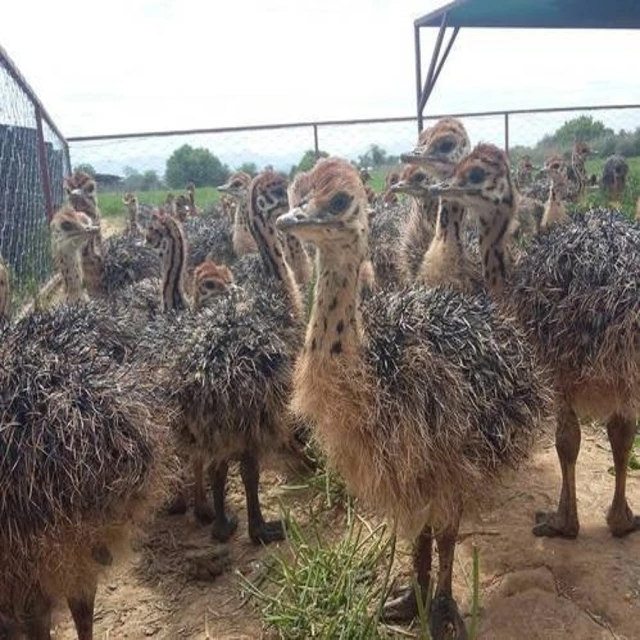 2kg (2 to 2.6lb).
2kg (2 to 2.6lb).
This makes ostrich chicks more or less the same size as a small chicken, and much bigger than many fully grown birds! Once the chicks hatch, they’re relatively dormant for around a day or so but can walk by day 2 or 3, at which point they’ll start running around after each other and their parents.
How much do baby ostriches weigh?
Ostrich chicks usually weigh between 1 to 1.2kg (2 to 2.6lb), which makes them the heaviest chick of any bird by a comfortable margin.
For comparison, a baby chicken is just around 30g - baby ostriches are 50 times heavier! They grow very quickly, too, reaching adult size in around a year. That means they grow around 30cm every single month, hitting the 70kg mark at around six months. A fully grown adult ostrich may weigh as much as 156.8 kg (346 lb).
A mother with her brood of ostrich babies, on the plains of Kenya
What do juvenile ostriches look like?
That depends on whether the juvenile is male or female, as female ostriches retain their lighter, more drab feathers, whereas male ostriches grow dark black plumage by the time they reach sexual maturity.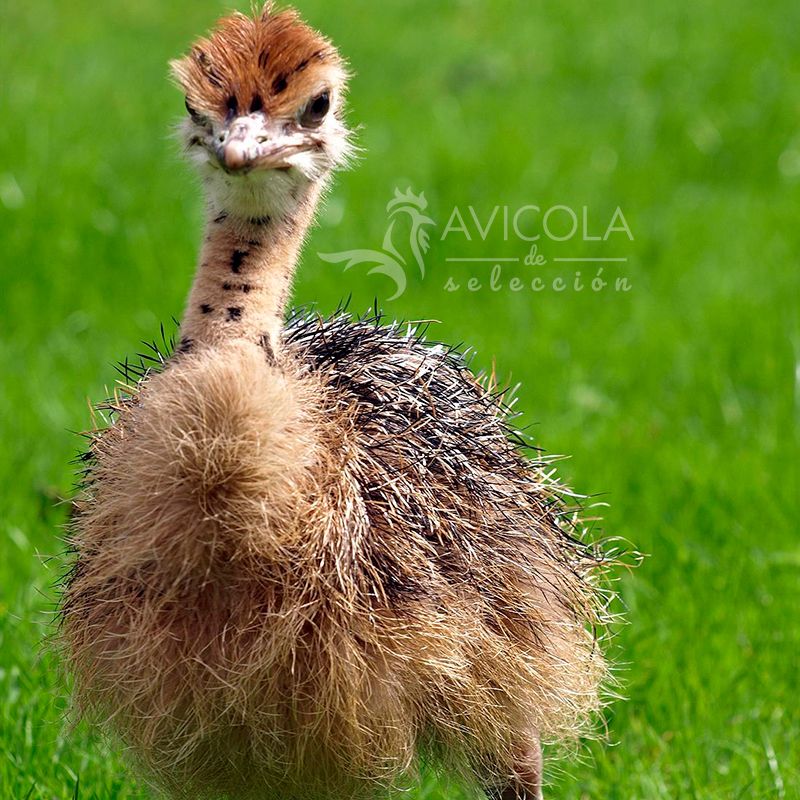
Male juvenile ostriches slowly lose their more shaggy, lighter brown feathers and grow darker black or near-black feathers across their large wings. They’ll remain speckled and lighter coloured for most of a year. Juvenile ostrich necks are a lighter, more neutral colour and turn pink into adulthood, as do their legs.
The plumage of female juvenile ostriches will look quite similar to that of juvenile ostriches, remaining a sand-like beige.
A male adult ostrich, surrounded by many juvenile ostriches
What is a baby ostrich called?
A baby ostrich is simply called a chick. After hatching from the egg, baby ostriches are called hatchlings, they’re called a nestling whilst they remain in the nest and then a fledgling once they leave the nest.
Since ostrich chicks cannot fly, they fledge when they leave their nest and start following their parents on foot, which happens within just days of hatching.
What is a group of baby ostriches called?
A group of baby ostriches is typically called a brood. A group of juvenile or adult ostriches is usually called a herd.
A group of juvenile or adult ostriches is usually called a herd.
A group of baby ostriches running down a dry road together
What do baby ostriches eat?
Baby ostriches absorb vast amounts of yolk from their egg’s yolk sac, which usually keeps them sustained on nutrients for up to a week.
During this period, they will learn to walk and begin to follow their parents or other adult ostriches who will guide them to food to forage. There is no parental feeding - baby ostriches feed themselves instinctively.
As omnivorous birds, ostriches consume a wide range of plant food and meat in the form of arthropods and insects as well as small rodents, lizards, snakes and most other nutritious foods present in their harsh environments. Baby ostriches will follow their parent’s cues, who will peck at viable food and encourage their chicks to eat through vocalisations.
Ostrich chick foraging for food
Do both parents feed baby ostriches?
No, but the parents do guide them to food and encourage them to eat.
The parents also encourage chicks to eat via calls and vocalisations. It may not always be the biological parents that do the parenting either, as ostrich chicks form communal creches of some 40 birds or more that are looked after by one or two adult ostriches who take on parenting roles for the whole creche.
Close up of a young Ostrich
How do ostriches feed their chicks?
Ostrich parents don’t actively feed their chicks - the chicks feed instinctively after around a week or so. Ostrich chicks walk within just days of hatching and follow their parents, observing and copying their feeding behaviours.
Baby and juvenile ostriches grow exceptionally quickly at a rate of some 30cm a month and are able to feed upon adult-size food after around 1 to 2 months.
What do ostrich eggs look like?
Firstly, ostrich eggs are huge and can weigh as much as 2kg, easily the biggest eggs in the entire animal kingdom. They are around 15cm (6in) in length and 12.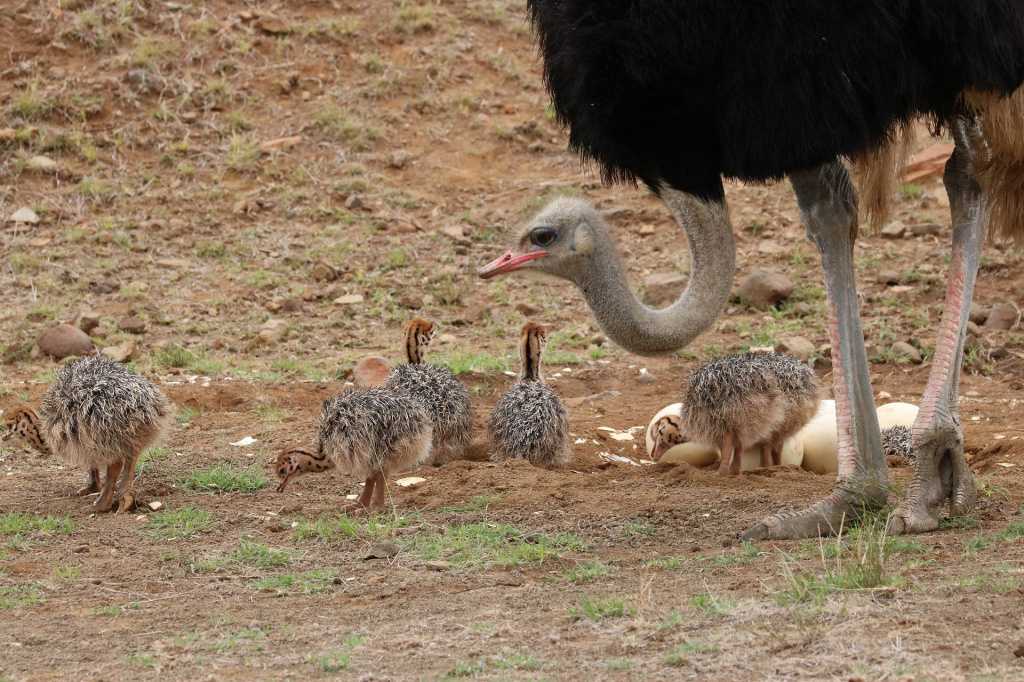 5cm (5in) in diameter and are glossy white to cream-coloured, with exceptionally thick shells and small pits.
5cm (5in) in diameter and are glossy white to cream-coloured, with exceptionally thick shells and small pits.
Ostriches use communal nests that contain some 20 eggs or so and incubation is shared by both males and females, typically the female during the day - who blends into the sand with her drab beige plumage - and the male at night who blends into the darkness with his black plumage.
In communal nests, it’s usually the ‘major hen’ that incubates the eggs, which is the dominant hen of the flock, but this can differ throughout the incubation period. Ostrich breeding hierarchies are complex and there’s much left to learn, particularly in the case of the rarer Somalian ostrich.
Ostrich with their eggs
How long do ostrich eggs take to hatch?
Ostrich eggs are incubated for a long period of 42 to 46 days, which is an above-average incubation period for a bird in a warm climate. This is likely because the eggs are just so massive, but also, nighttime ground temperatures can plummet, and ostrich nests are quite uninsulated.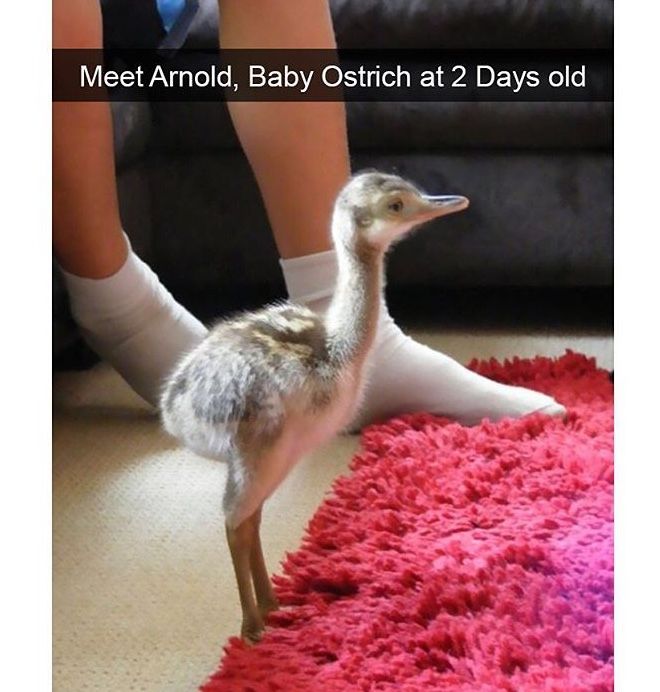
How many babies does an ostrich have?
Ostrich egg laying is complex, mainly because there is a hierarchy that prioritises the dominant, 'major hen', who tends to lay the first eggs. The major hen also lays the most eggs (up to 10), which are also usually positioned in the centre of the nest.
Other hens typically lay between 4 to 6 eggs, up to a maximum of around 20 per nesting hole. Each nest will be shared by 2 to 5 hens. How this hierarchy is established and why is somewhat of a mystery.
Once hatched, the ostrich chicks are looked after by the parents of each respective brood, but ostrich chicks also form creches of up to 40 birds that are looked after communally. Sometimes they might be with their parents, and other times, they'll be in their own flock in the creche.
Parental clashes can occur, which result in the transfer of one parent's brood to another set of parents. Rarely, ostrich parents have been recorded with some 300 chicks as a result of these encounters. The breeding behaviours of Somali ostriches are thought to be similar to the Common ostrich, though there is less robust evidence available.
The breeding behaviours of Somali ostriches are thought to be similar to the Common ostrich, though there is less robust evidence available.
Female ostrich with many chicks
When do ostriches lay eggs?
The ostrich breeding season often synchronises with the coming of rains in around June to October in East Africa and March to April, or August to October in South-East Africa and Kenya. Breeding in the dry season has also been recorded in some regions.
How long do baby ostriches stay with their parents?
Ostrich chicks remain close to their parents for around two months, at which point they gain some independence but remain with the same flock - or herd - until they’re around one year old. Ostrich chicks have been observed retaining parental contact for up to 1 year.
Ostrich chicks will follow their parents for a portion of the day, but they also form communal creches of some 20 to 40 baby birds which are closely guarded by a single male or a male and a female.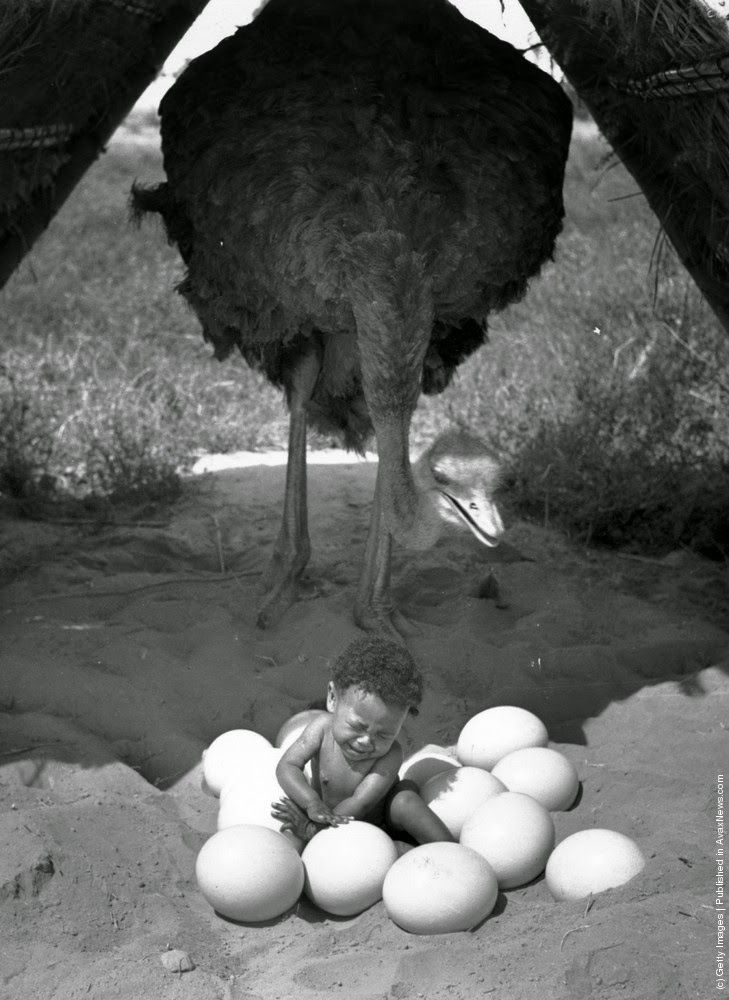 The adult supervisors protect the birds from predators and are often observed sheltering the chicks from the sun with their enormous wings.
The adult supervisors protect the birds from predators and are often observed sheltering the chicks from the sun with their enormous wings.
A family of Ostriches together in Kenya
Creche behaviour is relatively rare across birds, but the young of some penguins, flamingos, terns and eiders also form creches.
Creches often form when most of the other adult ostriches are foraging for food or locating water, etc. Creches can merge together into enormous broods of hundreds of birds, and it’s often unclear whether chicks become mismatched with different parents, or whether this even matters so long as the chicks remain under the supervision of an adult.
Expert Q + A
Ask a question
Do you have a question about this topic that we haven't answered? Submit it below, and one of our experts will answer as soon as they can.
what and how to feed, regime, watering, nutrition of ostriches and forbidden foods
Feeding ostriches is a rather laborious process that requires precision and regimen.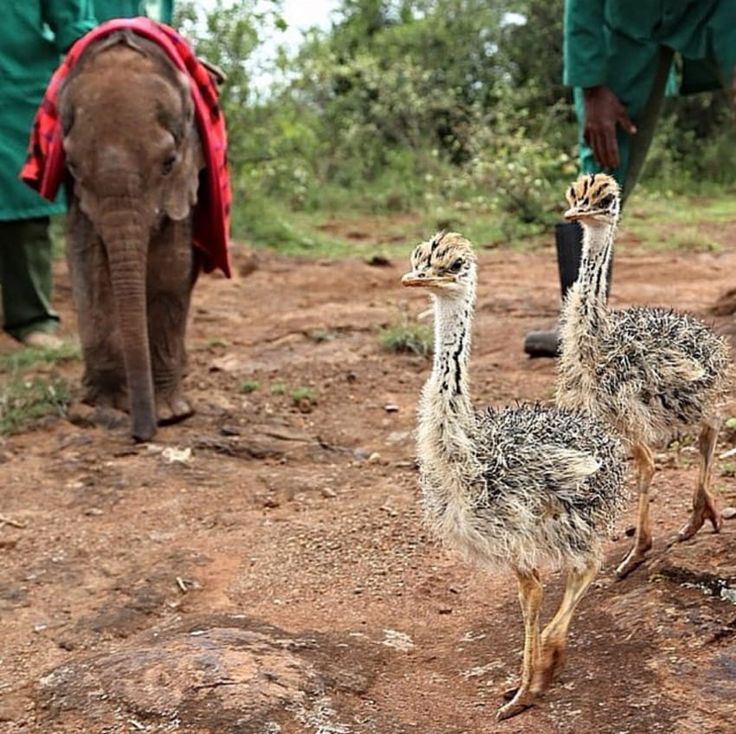 This is especially true of ostriches, who do not know how to control themselves. In comparison with other birds, ostriches are well absorbed in fiber, which allows you to get delicious red meat with virtually no cholesterol.
This is especially true of ostriches, who do not know how to control themselves. In comparison with other birds, ostriches are well absorbed in fiber, which allows you to get delicious red meat with virtually no cholesterol.
What do ostriches eat?
Ostriches are accustomed to living in the wild, naturally they eat the food that they get themselves, that is, they are omnivores. The diet of ostriches is quite diverse, because they can be eaten as plant food:
- alfalfa;
- various herbs;
- leaves from trees.
Like living creatures:
- small insects;
- bugs;
- snails.
The diet is supplemented with mixed fodder, crayons, shells, proteins, vegetables and cereals.
Wild
Ostriches are large feathered birds that live in the African savanna with long plains. A large amount of greenery and young leaves grow in these parts - this is the main food for ostriches. In the African savannah, a lot of herbivores graze.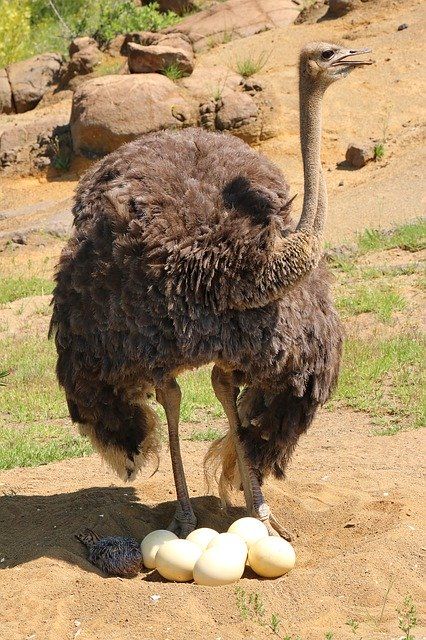 In nature, the diet of ostriches is pasture.
In nature, the diet of ostriches is pasture.
Birds can be without water for quite a long time, so they often nest in dry desert areas, where they eat seeds, roots, branches that grow on bushes.
For variety, in addition to greenery, they eat small insects, rodents and reptiles. In order for an ostrich to expend a lot of energy and be able to run far, it needs about 4 kg of food per day.
In nature, ostriches are in contact with antelopes and zebras, these animals have excellent eyesight, so the first ones can notice a wild animal and notify their friends about it. Antelopes with zebras help ostriches with food, they get insects from the grass with their sharp legs.
On the farm
Birds living on a farm or in a private household do not have much different diet than free birds. The food that ostriches eat in the wild, they also eat it at home or on a farm. The only difference is that they are given little space on the farm, so they move less, therefore use little energy and eat little.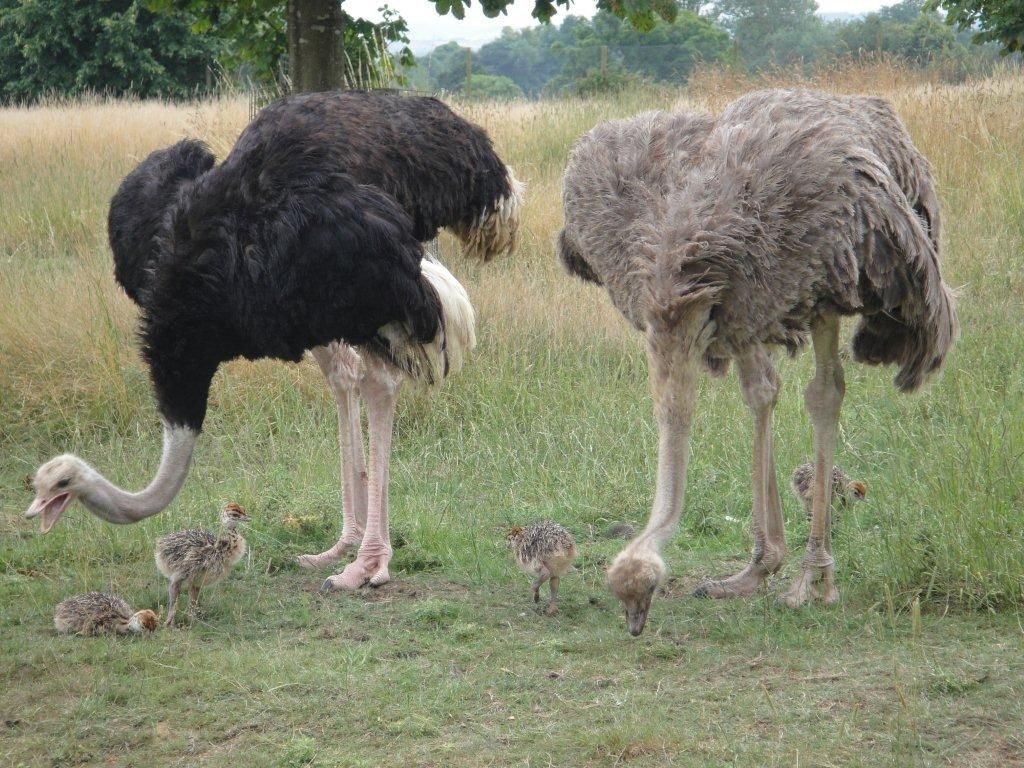 Their main food is fresh grass, herbs and leaves.
Their main food is fresh grass, herbs and leaves.
The table below shows the cost of concentrated feed per individual of different ages:
| Periods | Poultry age in months | How much feed for year | ||||||||||||||||||||||||||||||||||
| Newbear | from 0 to 2 | 16 kg | ||||||||||||||||||||||||||||||||||
| 9005 900 9005 9. | ||||||||||||||||||||||||||||||||||||
| Fertility | from 4 to 6 | 100 kg | ||||||||||||||||||||||||||||||||||
| Finish | from 6 | 300 kg | ||||||||||||||||||||||||||||||||||
from 10 to 12 9 9 9, from 10 9 9
If birds are properly fed, they should weigh as follows:
Influence of the ostrich digestive system on the diet Goiter in these birds is absent in comparison with other poultry. Food penetrates into the pancreatic compartment, where it is softened by the liquid secreted from the walls of the pancreas. Food penetrates into the pancreatic compartment, where it is softened by the liquid secreted from the walls of the pancreas. After that, the soft mixture passes into the stomach, where there are thick, hard walls. Ostriches have no teeth, so they often swallow small stones. Food, which consists of coarse fibers, is processed along with pebbles. At the end of the process, useful substances are absorbed in the small intestine, which is 5 meters long. Residual fiber is split only in the processes of the caecum. Thanks to this, birds can do without water for quite a long time, since it is replenished from food. Feeding methods Feeding needs to be given great attention when breeding ostriches. With proper, nutritious and rational feeding, ostrich chicks will delight with a good weight gain, good development and high productive qualities. In winter, preference should be given to alfalfa, which is sold in the form of hay, and in summer they give fresh alfalfa mixed with compound feed. There are 3 types of feeding, the choice is up to the owner of the bird:
Intensive methodThis method involves feeding ostriches with compound feed or self-prepared grain mixtures (chopped corn, wheat, cake, premixes). Also, silage, hay and mass from perennial grasses are added to the diet. Semi-intensiveIf the walking area is small, choose the semi-intensive method of feeding. In this case, the ostriches are walking on their own, moving a lot, eating pasture. But at the same time, the owner feeds with specialized feed in the form of mixed feed pellets with chopped vegetables and herbs. This method is considered the best, since birds feed both naturally and artificially, getting everything they need. Extensive feeding As for the extensive method, it entails an independent search for food, walking in the pasture. In addition, it turned out that from two weeks to 4 months, it is better to keep the chicks on pasture, after which they are transferred to fenced pens and given alfalfa in granules or simply crushed. Experienced farmers walk ostriches on forbs of seradella, clover, vetch. They also graze beautifully in the field after harvesting wheat. In drought, when there is little natural food, feeding is carried out as with the intensive method. How to choose compound feed? Every ostrich farmer wants the best food for his animals. There are many types of compound feed with various additives. Feed should be selected based on the weight and age of the bird.
It is important to purchase food from specialized stores or trusted places. When purchasing a product, you need to pay attention to the composition and expiration date. You can not give small ostriches food for adults and vice versa.
The table contains the names of feed and their approximate cost:
Actual prices can be viewed on the website Strausferma. Self -preparation of feedComplex to feed the suffering from the first days. composition allows you to replace complementary foods. Compound feed was created in such a way that the animal receives the necessary substances in the right amount. Contains:
You can always make your own feed, following the table:
|

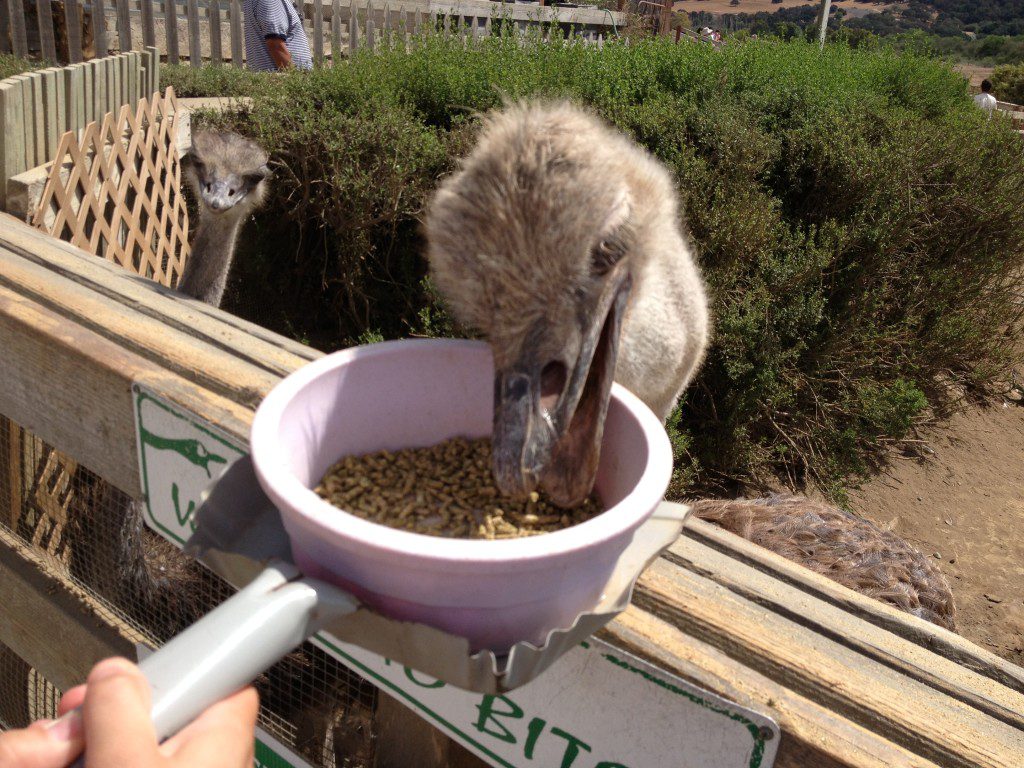 One and a half kilograms is enough for one individual.
One and a half kilograms is enough for one individual. 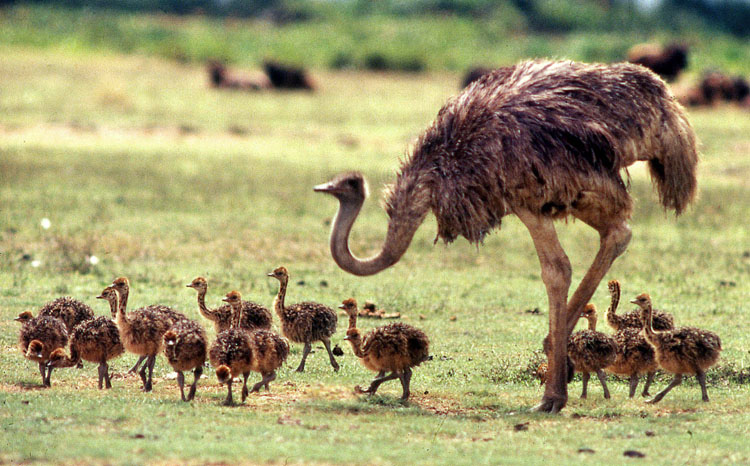 This option is very economical, since there is no need to constantly buy food in food stores. The diet is supplemented with compound feed. In Africa, people have been breeding ostriches for a long time and they have noticed that they get the best gains on grazing, especially in a meadow dotted with alfalfa. The walking area should be as follows: 1 hectare for 10 birds.
This option is very economical, since there is no need to constantly buy food in food stores. The diet is supplemented with compound feed. In Africa, people have been breeding ostriches for a long time and they have noticed that they get the best gains on grazing, especially in a meadow dotted with alfalfa. The walking area should be as follows: 1 hectare for 10 birds. 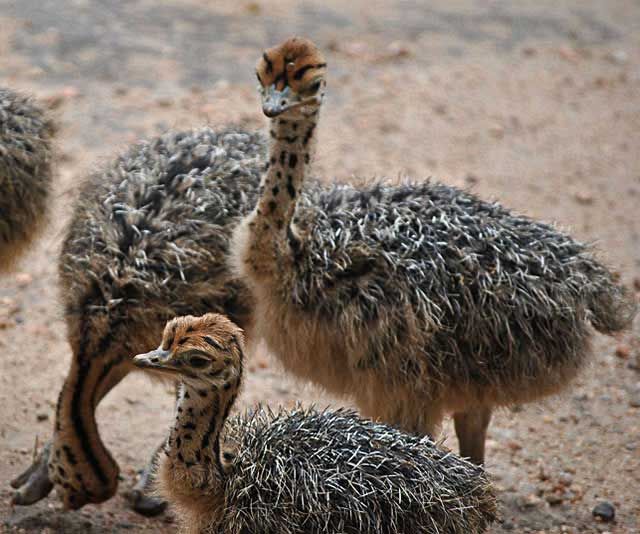 Usually, according to age, they are divided into several types of feed:
Usually, according to age, they are divided into several types of feed: 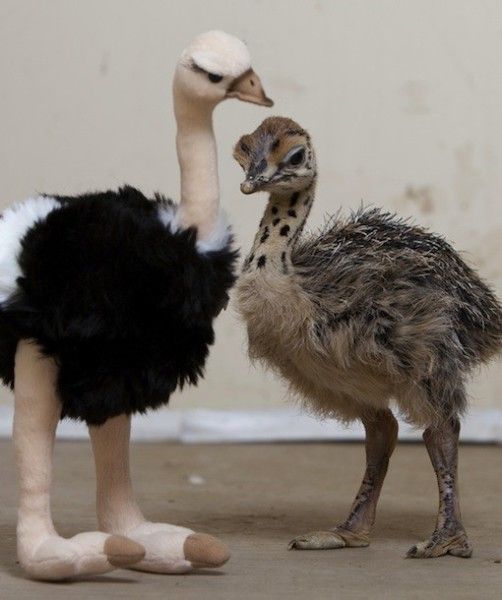 ru
ru  01
01 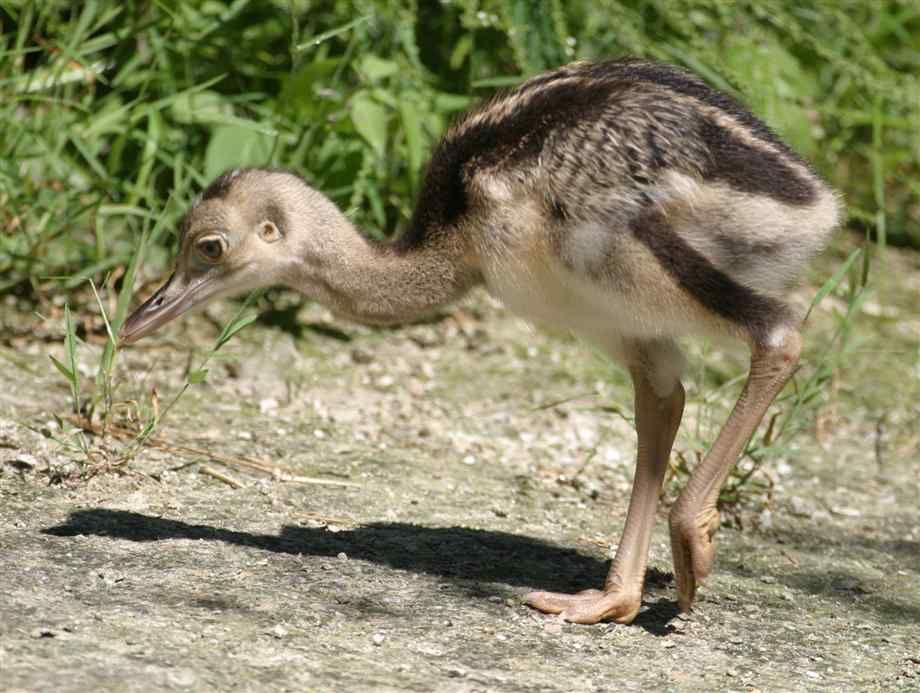 At the age of three months, the chicks weigh 15 kg. Babies need to be given gravel, otherwise the stomach simply will not be able to digest food, indigestion will occur, and they will be constantly hungry.
At the age of three months, the chicks weigh 15 kg. Babies need to be given gravel, otherwise the stomach simply will not be able to digest food, indigestion will occur, and they will be constantly hungry. 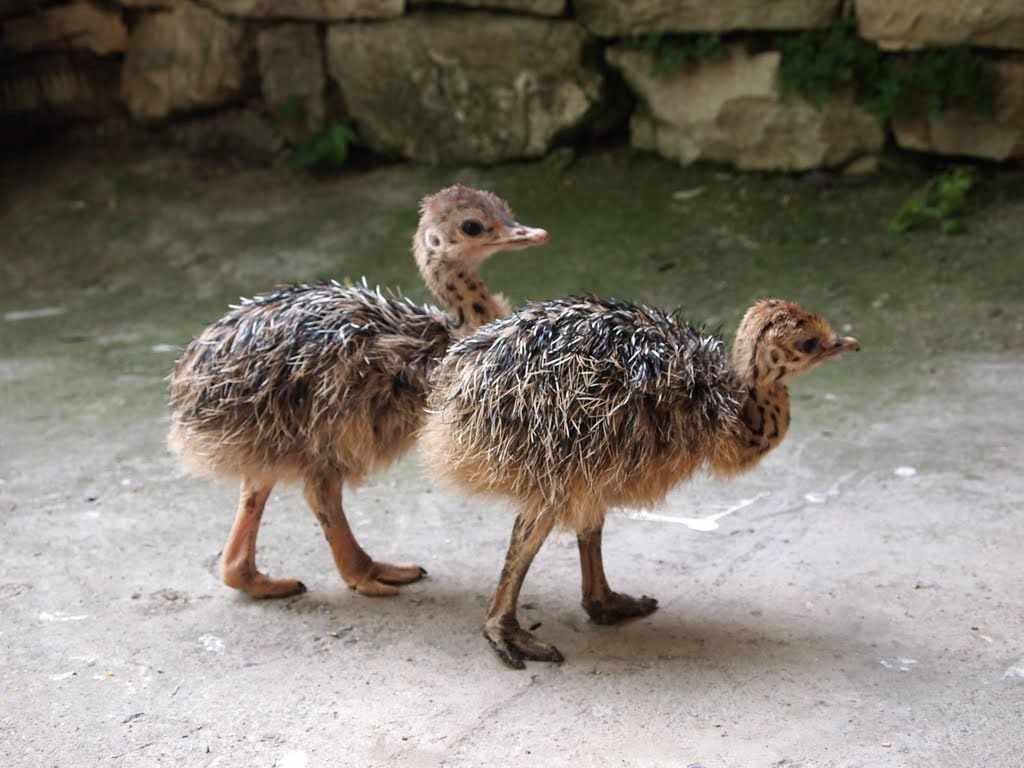 As for females, they have an increased need for calcium, since eggshells form during this period.
As for females, they have an increased need for calcium, since eggshells form during this period. 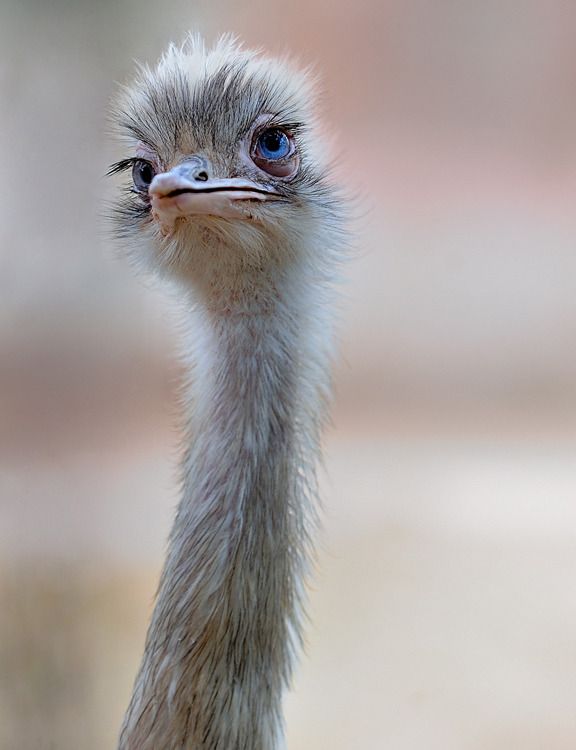 In the household and on the farm, a drinker is placed along with the food so that they can drink from the heart. An important condition is the purity of the water, because the health of the bird depends on it.
In the household and on the farm, a drinker is placed along with the food so that they can drink from the heart. An important condition is the purity of the water, because the health of the bird depends on it. 
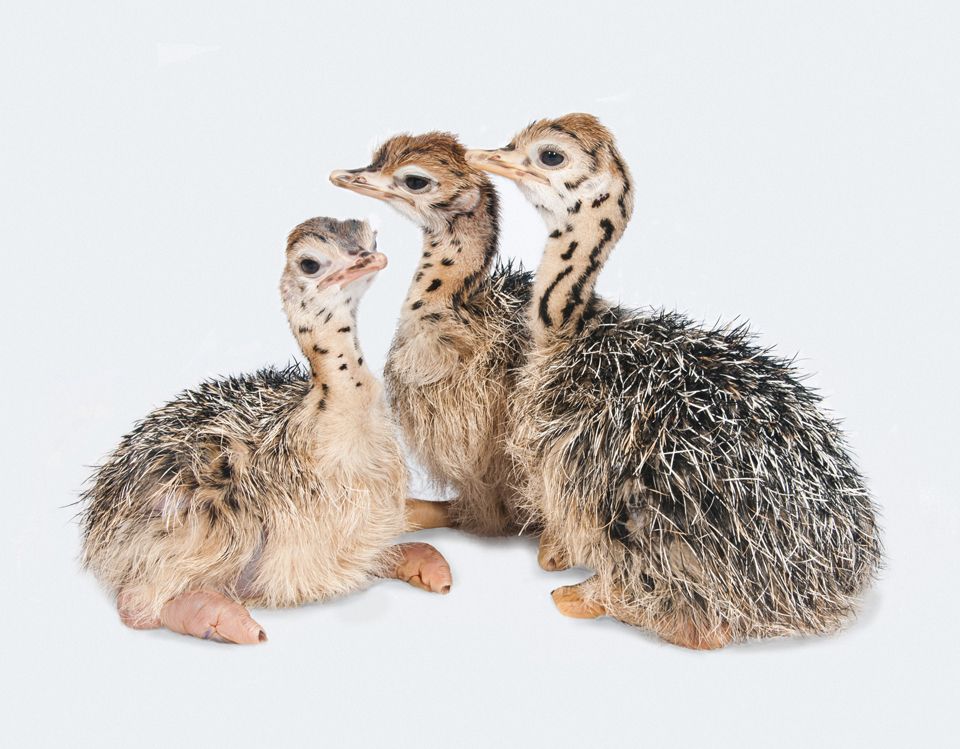
 Drinkers should be washed daily.
Drinkers should be washed daily. 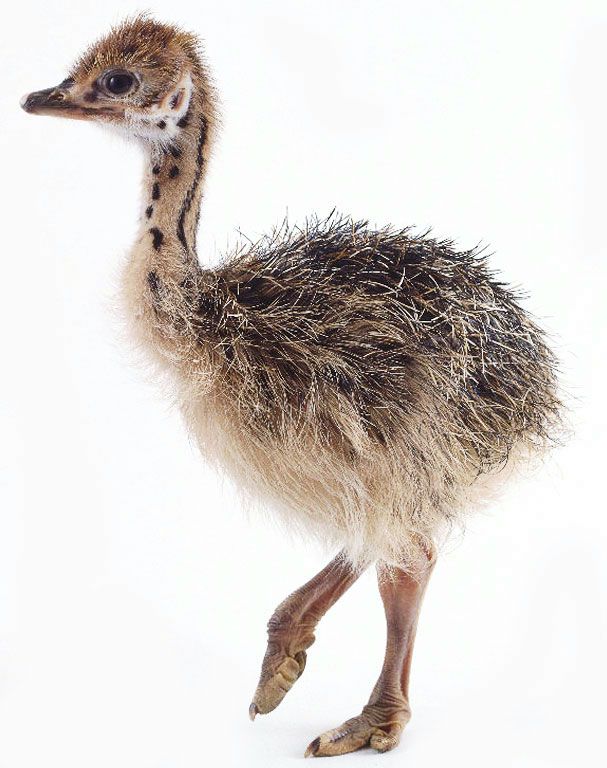
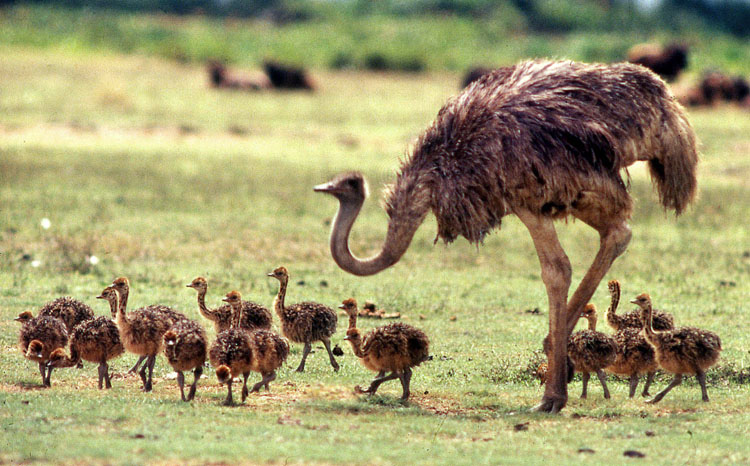
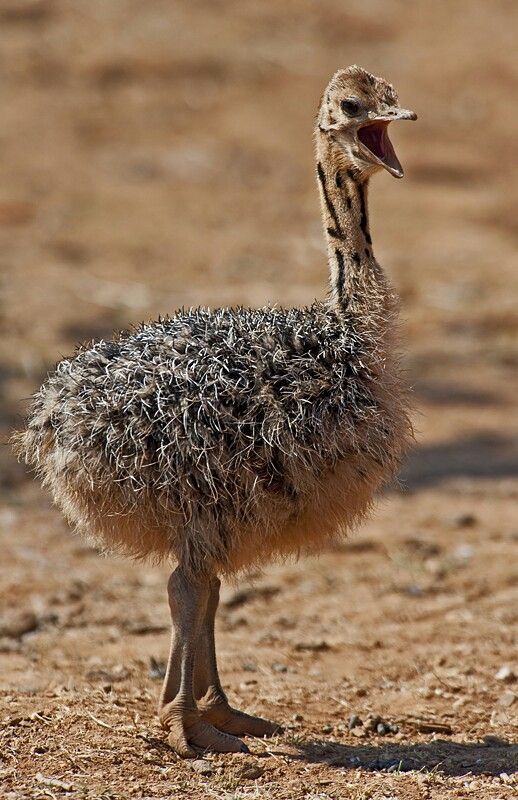 This method, as well as the method of intensive fattening for growing ostriches at home, is most suitable.
This method, as well as the method of intensive fattening for growing ostriches at home, is most suitable. 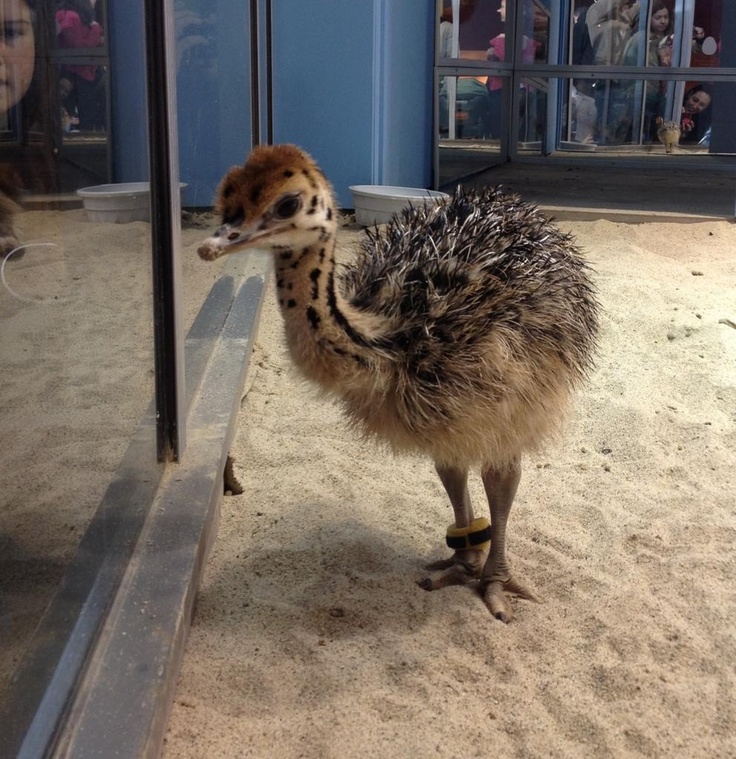 If there is no specialized feed, they feed compound feed for chickens of meat and egg breeds or turkey poults. For little ostriches, food is poured onto spread out sheets of paper, tapping with a finger, since the chicks are curious and copy behavior, becoming interested in movements, they will soon begin to eat food on their own.
If there is no specialized feed, they feed compound feed for chickens of meat and egg breeds or turkey poults. For little ostriches, food is poured onto spread out sheets of paper, tapping with a finger, since the chicks are curious and copy behavior, becoming interested in movements, they will soon begin to eat food on their own. 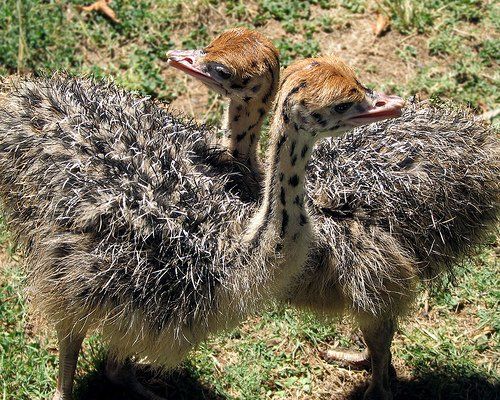 If this is not possible, high-quality probiotics, such as OLIN, are used.
If this is not possible, high-quality probiotics, such as OLIN, are used. 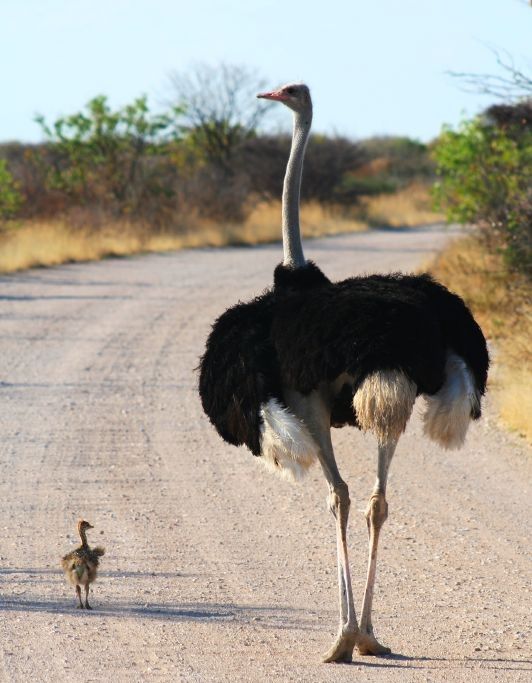 5 liters per 1 kg of dry feed. In hot weather, the bird consumes more water, and in cool weather - about the norm.
5 liters per 1 kg of dry feed. In hot weather, the bird consumes more water, and in cool weather - about the norm. 